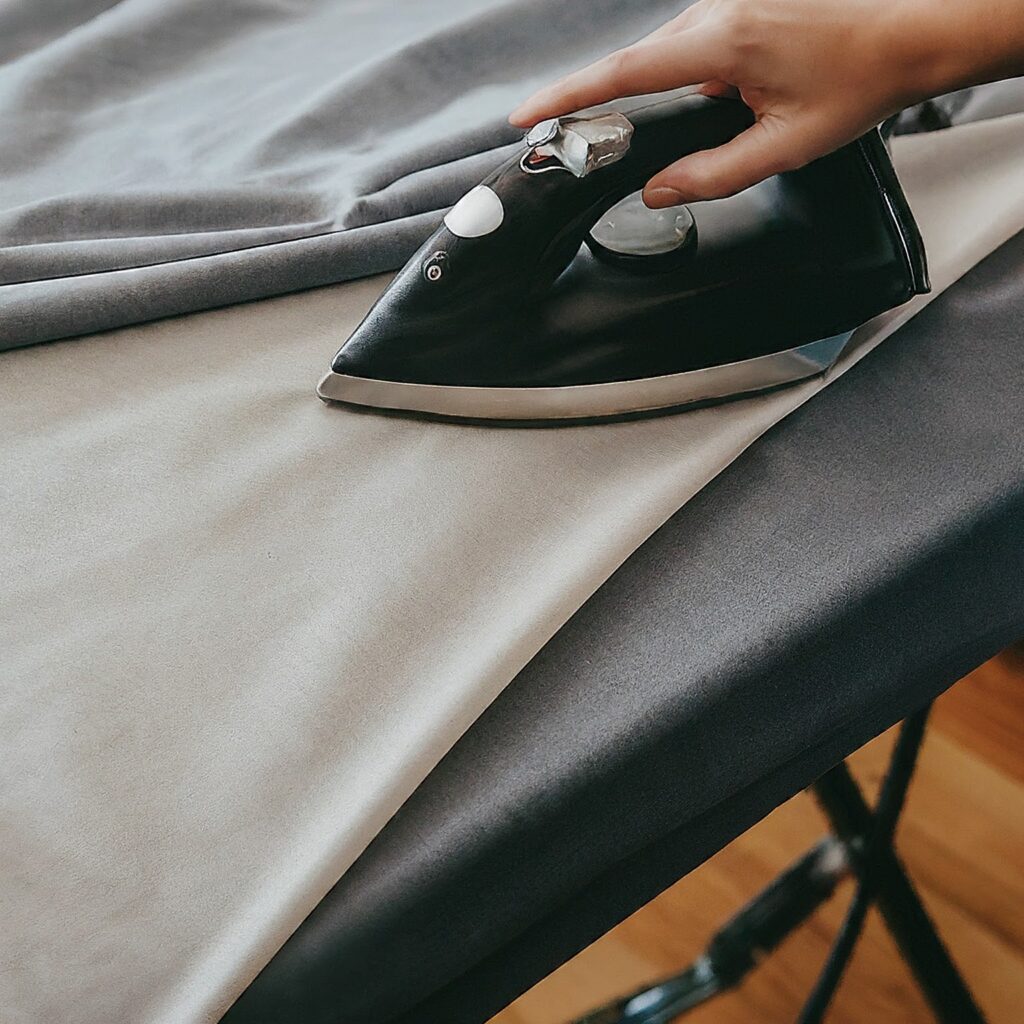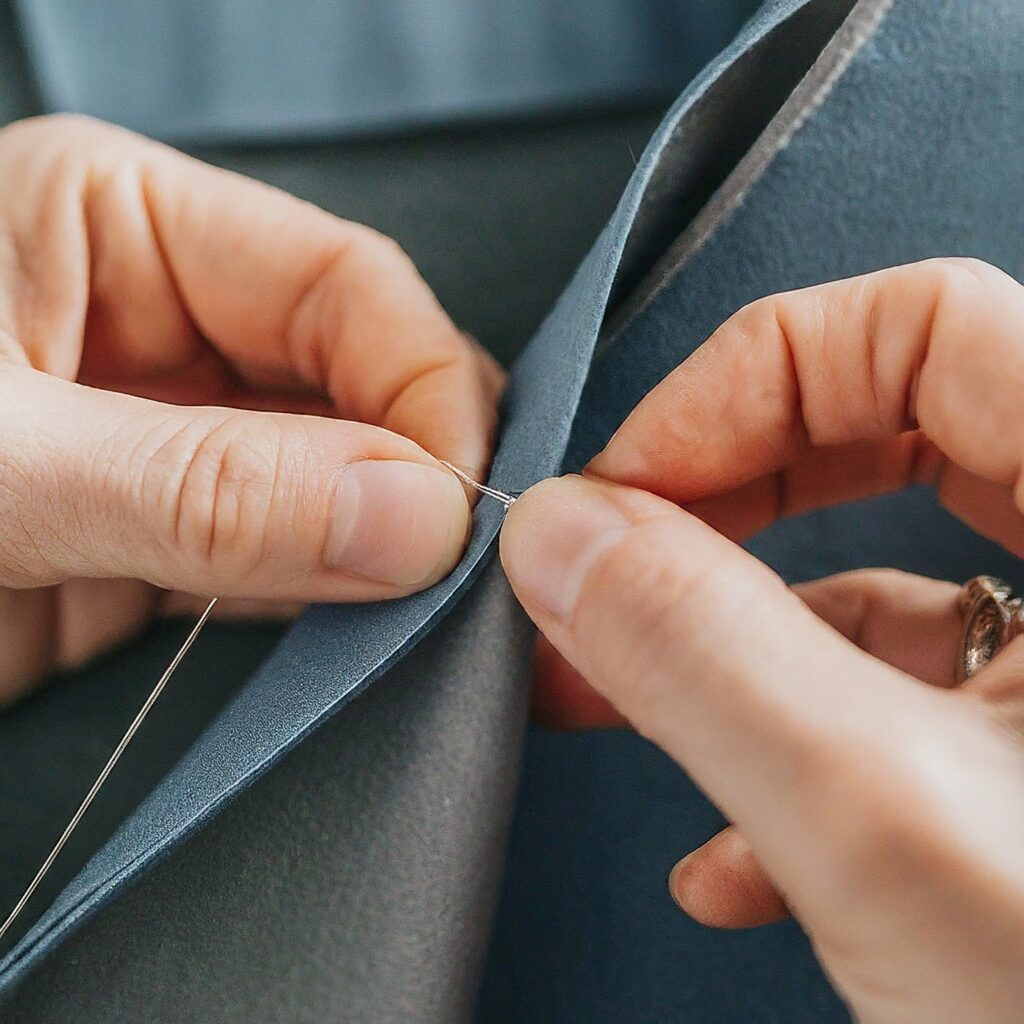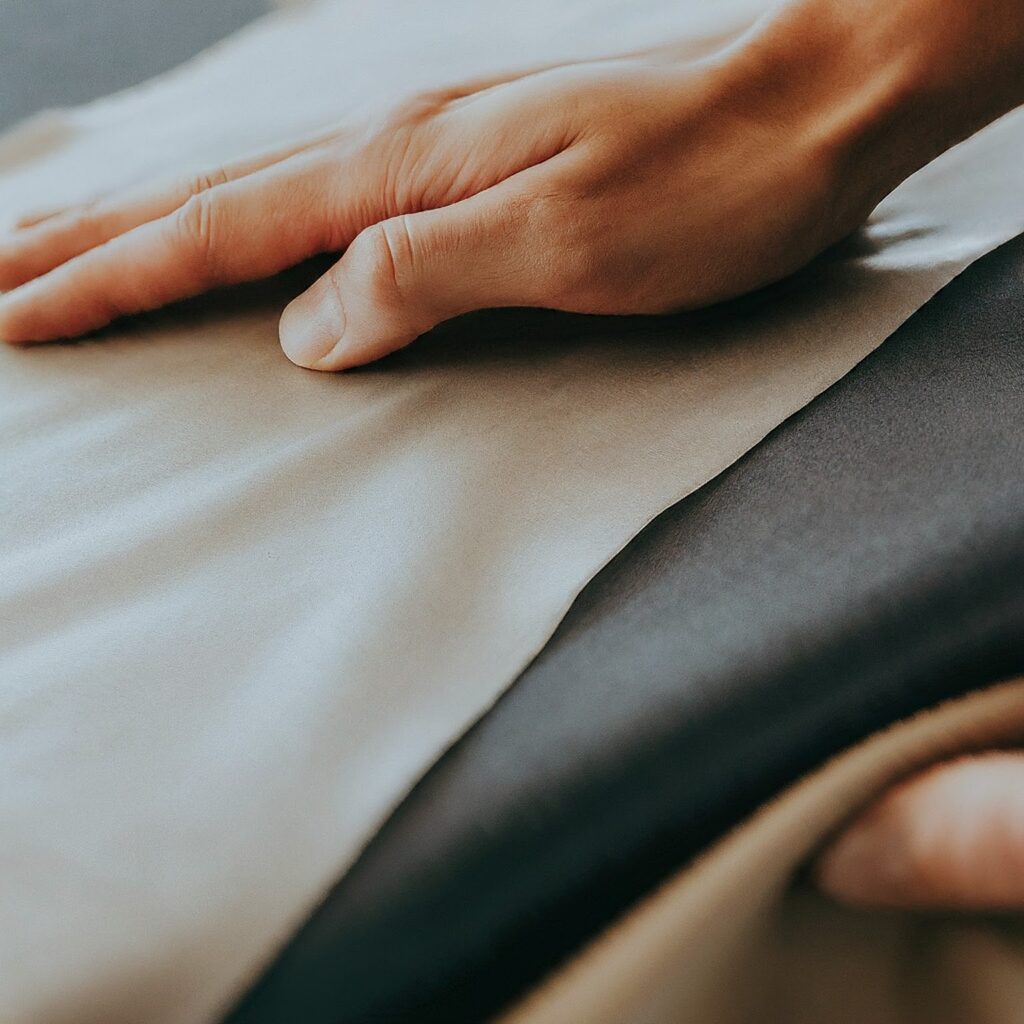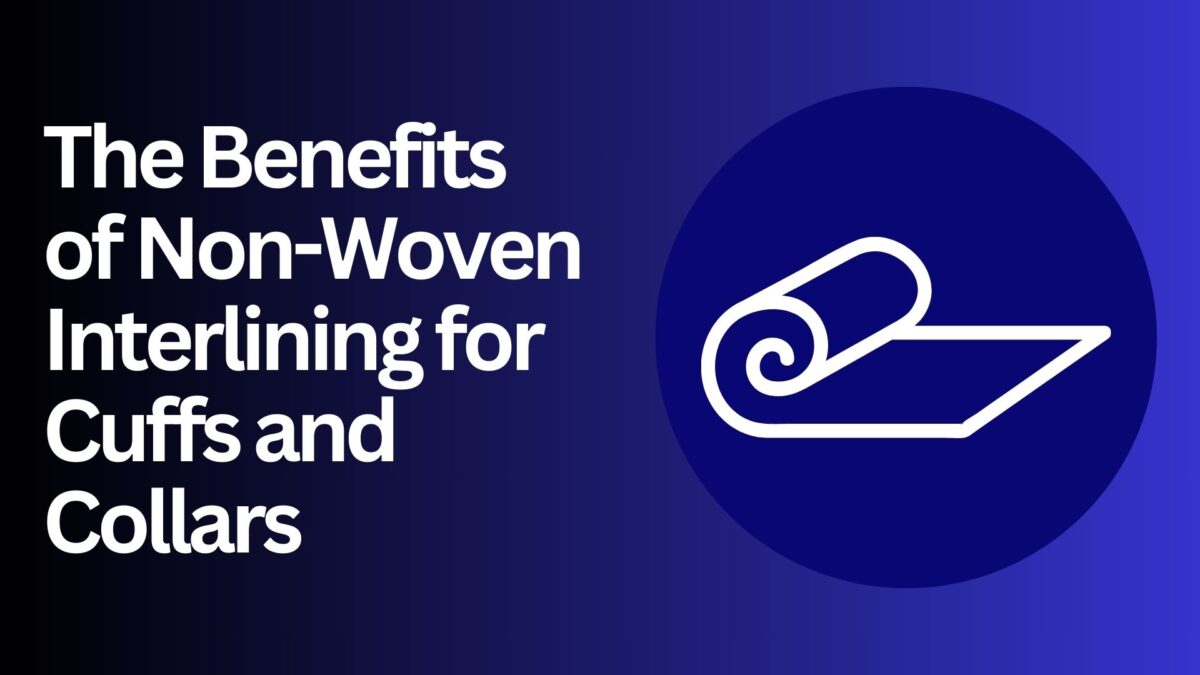The Benefits of Non-Woven Interlining for Cuffs and Collars
Ever wondered how your favorite shirts and jackets maintain those crisp, well-defined cuffs and collars? The secret often lies in non-woven interlining. In this article, You’ll go through the benefits of non-woven interlining for cuffs and collars, showing you why it’s a game-changer in garment construction. Whether you’re designing clothes, tackling a DIY project, or just curious, you’ll find valuable insights here.
Table of Contents
- What Is Non-Woven Interlining?
- Benefits of Non-Woven Interlining for Cuffs and Collars
- How Non-Woven Interlining Works
- Choosing the Right Non-Woven Interlining
- Tips for Using Non-Woven Interlining Effectively
- Conclusion

What Is Non-Woven Interlining?
Non-woven interlining is a type of interlining fabric used to add structure and stability to garments. Unlike woven fabrics, non-woven interlining is created by bonding fibers together through heat, pressure, or adhesives. This process results in a fabric that’s lightweight, flexible, and effective in reinforcing garment parts like cuffs and collars.
Key Features:
- Manufacturing Process: Created by bonding fibers, not weaving.
- Flexibility: Provides structure without bulk.
- Variety: Comes in different weights and types, including woven interlining fabric and fusible interlining, to suit various needs.
Benefits of Non-Woven Interlining for Cuffs and Collars
Using non-woven interlining for cuffs and collars offers several advantages. Here’s why it’s an excellent choice:
Enhances Structure and Shape
Non-woven interlining is perfect for adding the right amount of stiffness to cuffs and collars, helping them maintain their shape and structure. This is crucial for achieving a polished look and ensuring that the cuffs and collars stay in place throughout wear.
- Firmness: Adds essential stiffness to maintain a crisp appearance, similar to the benefits of woven fusible interlining.
- Shape Retention: Prevents sagging and distortion, keeping cuffs and collars looking sharp, much like woven interlining fabric.

Increases Durability
By reinforcing cuffs and collars, non-woven interlining also enhances the overall durability of the garment. It helps prevent common issues like fraying, stretching, or wear and tear, extending the lifespan of your clothing.
- Fraying Prevention: Keeps edges from unraveling, akin to interlining non-woven.
- Extended Lifespan: Reduces the need for repairs and maintenance.
Improves Appearance
A well-structured cuff or collar can significantly elevate the look of a garment. Non-woven interlining ensures that these elements lay flat and look polished, contributing to a high-quality finish that reflects professionalism and attention to detail, much like fusing interlining.
- Professional Finish: Provides a clean, crisp look, similar to the effects of woven interlining fabric.
- Consistent Quality: Keeps cuffs and collars looking their best, even after multiple washes.

How Non-Woven Interlining Works
To appreciate the benefits of non-woven interlining, it helps to understand how it functions. Here’s a brief overview:
- Bonding Process: Non-woven interlining is made by bonding fibers together using heat, pressure, or adhesives, much like interlining fusible.
- Application: It is placed between the outer fabric and the lining of the cuff or collar. Heat is applied to fuse the interlining with the fabric, creating a firm bond.
- Result: The interlining adds structure and stability, ensuring the cuffs and collars retain their shape.
Application Tips:
- Even Heat Distribution: Make sure heat is applied evenly to avoid uneven bonding.
- Proper Alignment: Align the interlining carefully with the fabric to ensure a smooth finish, similar to interlining in garments.
Choosing the Right Non-Woven Interlining
Selecting the right non-woven interlining is crucial for achieving the best results. Consider the following when choosing:
- Fabric Compatibility: Ensure the interlining matches the type of fabric you’re using, such as woven interlining fabric or non woven fusible interlining.
- Weight and Thickness: Choose based on the level of structure needed for your cuffs and collars.
- Adhesive Strength: Opt for an adhesive that meets your durability requirements, akin to interlining woven.

Selection Tips:
- Test Samples: Try a small piece of interlining with your fabric before applying it to the entire garment.
- Consult Experts: If unsure, seek advice from textile professionals to select the best type of lining and interlining fabric for your project.
Tips for Using Non-Woven Interlining Effectively
- Choose the right weight: The weight of the non-woven interlining should match the weight of the fabric.
- Cut the non-woven interlining to size: Make sure the non-woven interlining is the same size as the cuffs or collars.
- Apply the non-woven interlining correctly: Follow the manufacturer’s instructions for applying the non-woven interlining.
- Test the non-woven interlining first: Before using a new type of non-woven interlining, test it on a scrap piece of fabric to make sure it’s compatible with your fabric.

Conclusion
Non-woven interlining offers numerous benefits for enhancing cuffs and collars, including added structure, durability, and a polished appearance. By incorporating non-woven interlining into your garment construction, you can achieve a professional finish that stands the test of time. I hope this guide has helped you understand the advantages of non-woven interlining and how it can benefit your clothing projects.
Link of related Articles
- What is Non-Woven Interlining Used For? | Benefits & Applications
- Non-Woven Fabric Manufacturing Process: A Detailed Guide
- The Future of Non-Woven Interlining: Innovations, Trends, and Applications

